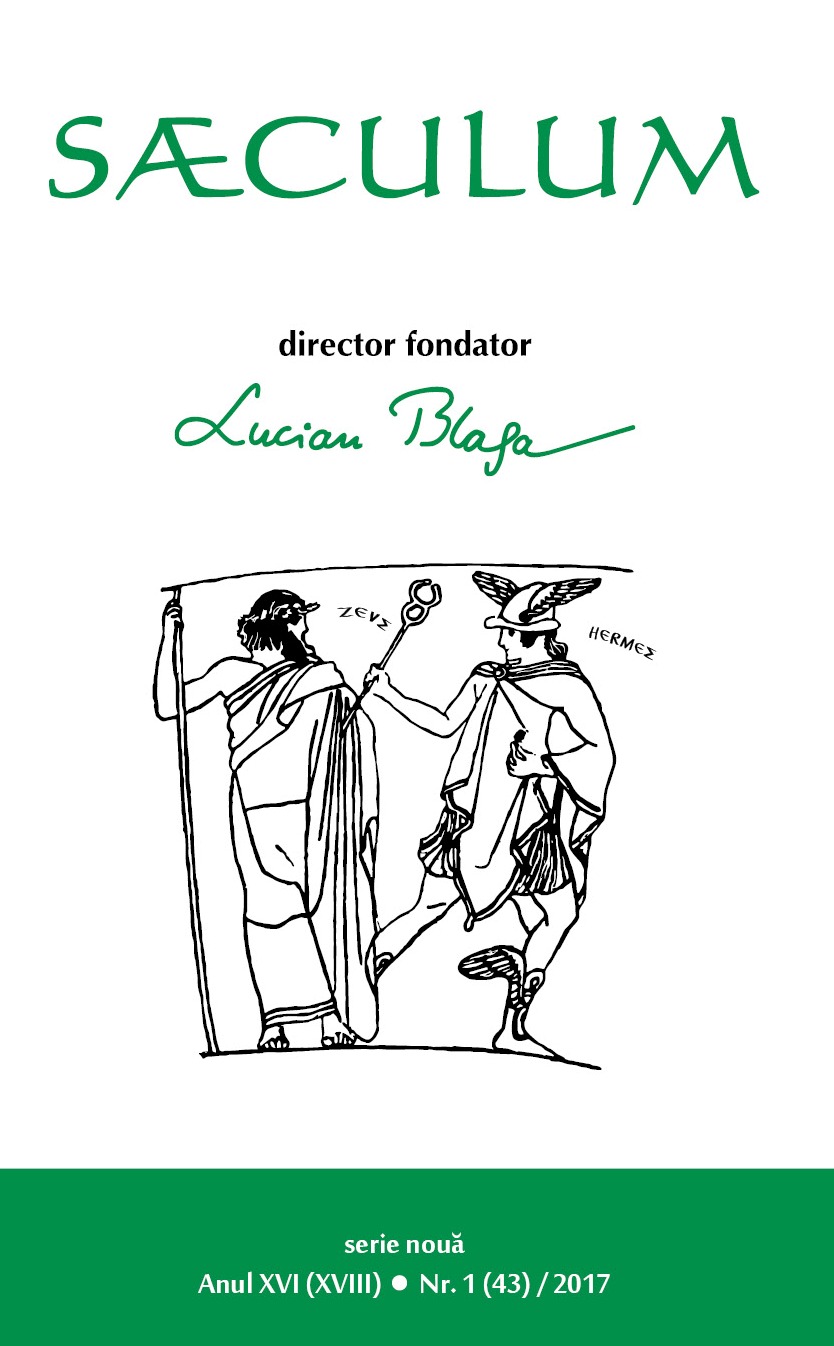CONCEPTUL DE SFERĂ INTELIGIBILĂ ÎN OPERA LUI MARIUS VICTORINUS
The intellegible spheres for Marius Victorinus
Author(s): Viorel IgnaSubject(s): Philosophy
Published by: Editura Universitatii LUCIAN BLAGA din Sibiu
Keywords: Neoplatonic; doctrine of the Trinity; intelligible spheres, ereziologic; concept of sphere; human spirit; porfirian origin;
Summary/Abstract: Along the western philosophical tradition for excellence sphere is a symbol of perfection. Since Pre-Socratic philosophers (Pythagoras, Xenophan, Parmenides, Zenon from Eleea, Melissos from Somos, Heraclit and Empedocles), continuing with the classics of Greek philosophy. Platon and Aristotle and the great neoplatonic philosophers: Plotin, Porfir, Proclus, Damascius, passing through the Middle Age and Renaissance up to modern philosophy, the concept of sphere was used from different perspectives (“in primis” scientifically–cosmological, psychological and ontological) to illustrate both the first and last of everything; “arche” as well, consequently, the essential horizon where the human being lies, the doctrine of soul and generally ethical dimension. Our thesis aims to investigate one of those situations where it shows the concept of sphere in the philosophical tradition, namely the intelligible spheres (sfaira noeté / sfera intelligibilis). Our approach is configured considering the two traditions; on the one hand that classical philosophical and the other the Christian tradition. If it is true that the emergence of intelligible sphere concept it’s due the neoplatonic exegesis – in a context so eminently philosophical and pagan, equally is true that the history of this concept is organically related to its takeover by Christian theologians from Late Antiquity into the Latin Theologist Marius Victorinus work in the Middle Ages and Renaissance by “Free XXIV philosophorum”, the book which represent the origin of the definition of God as intelligible sphere and that is nothing else but a work of Marius Victorinus, as we shall see.
Journal: SAECULUM
- Issue Year: 43/2017
- Issue No: 1
- Page Range: 23-35
- Page Count: 13
- Language: Romanian
- Content File-PDF

